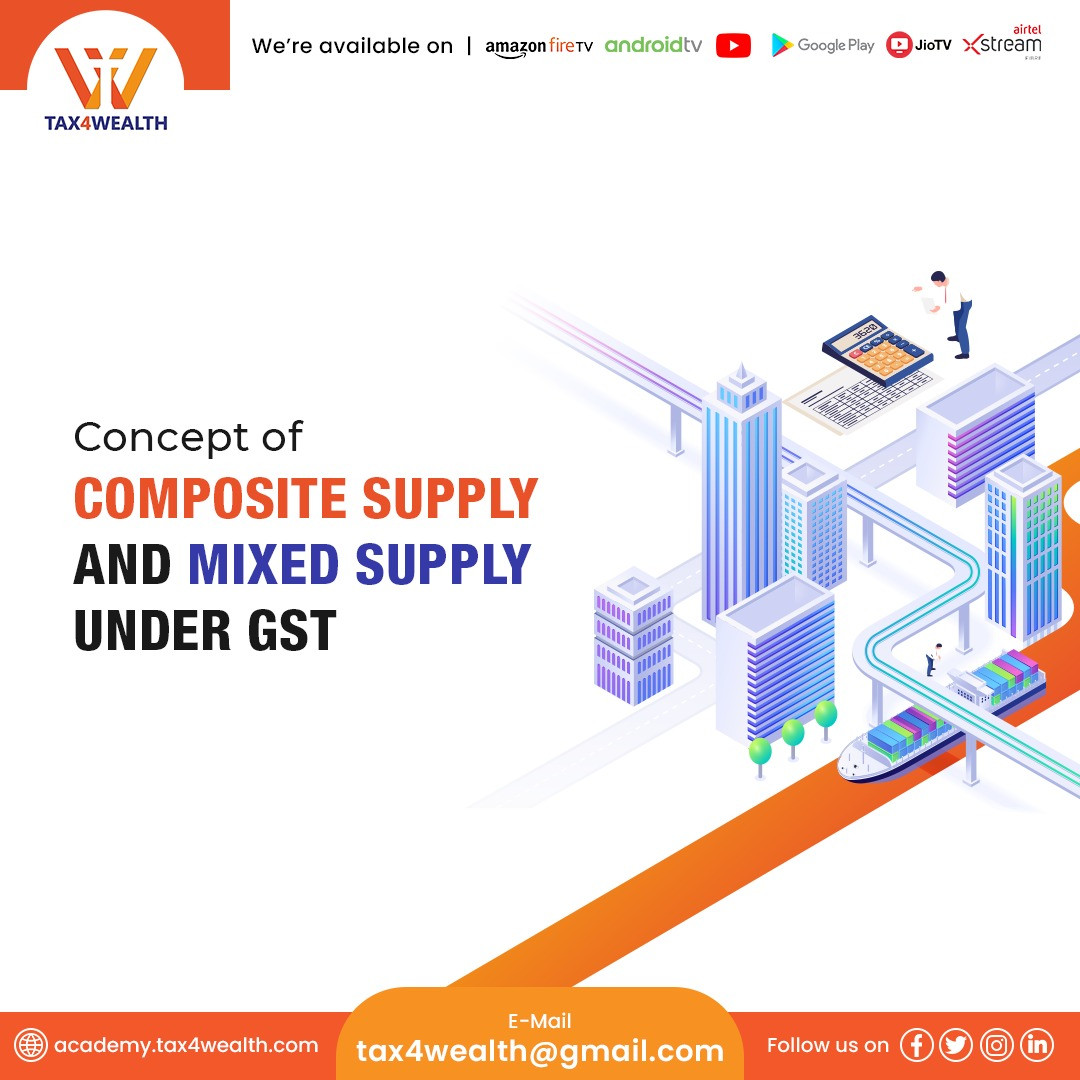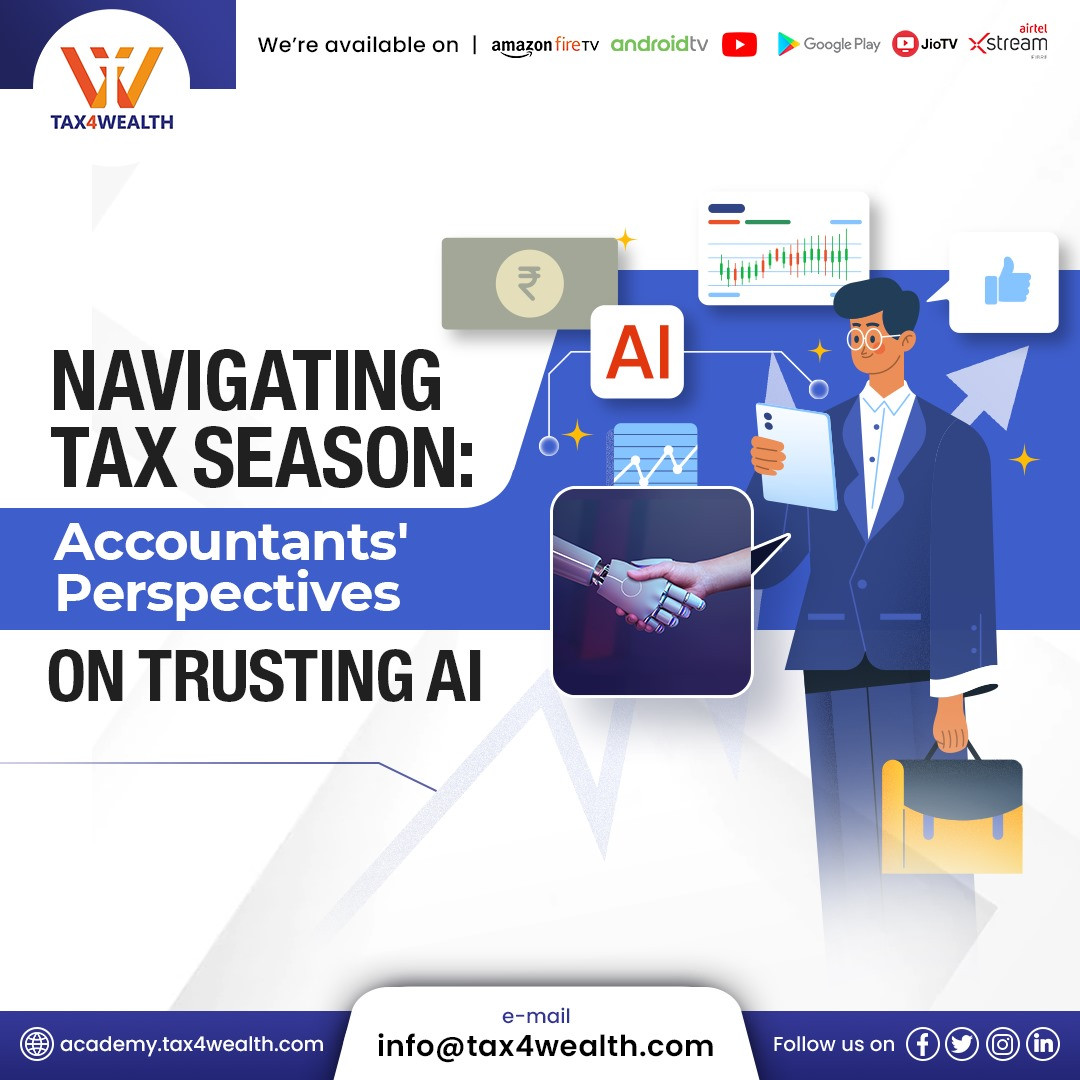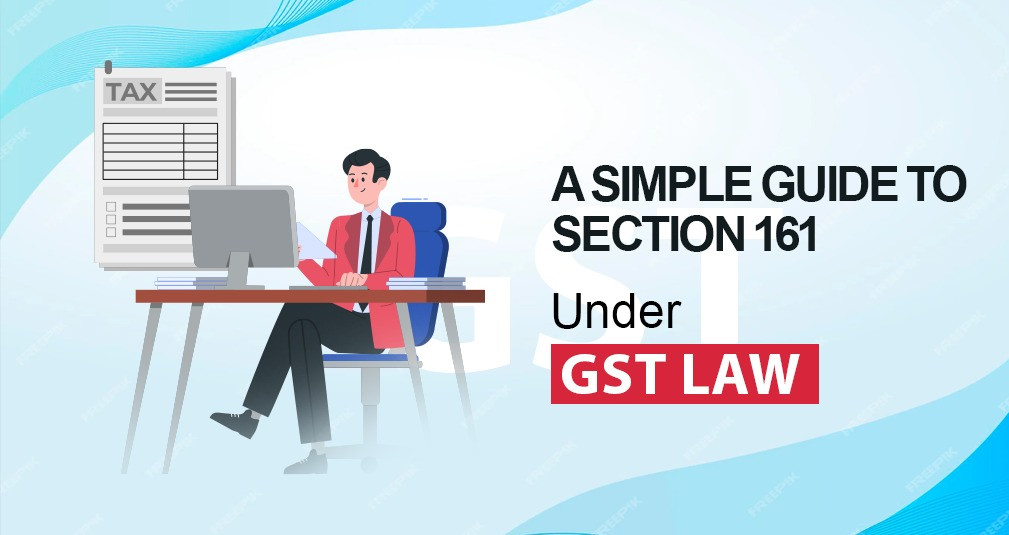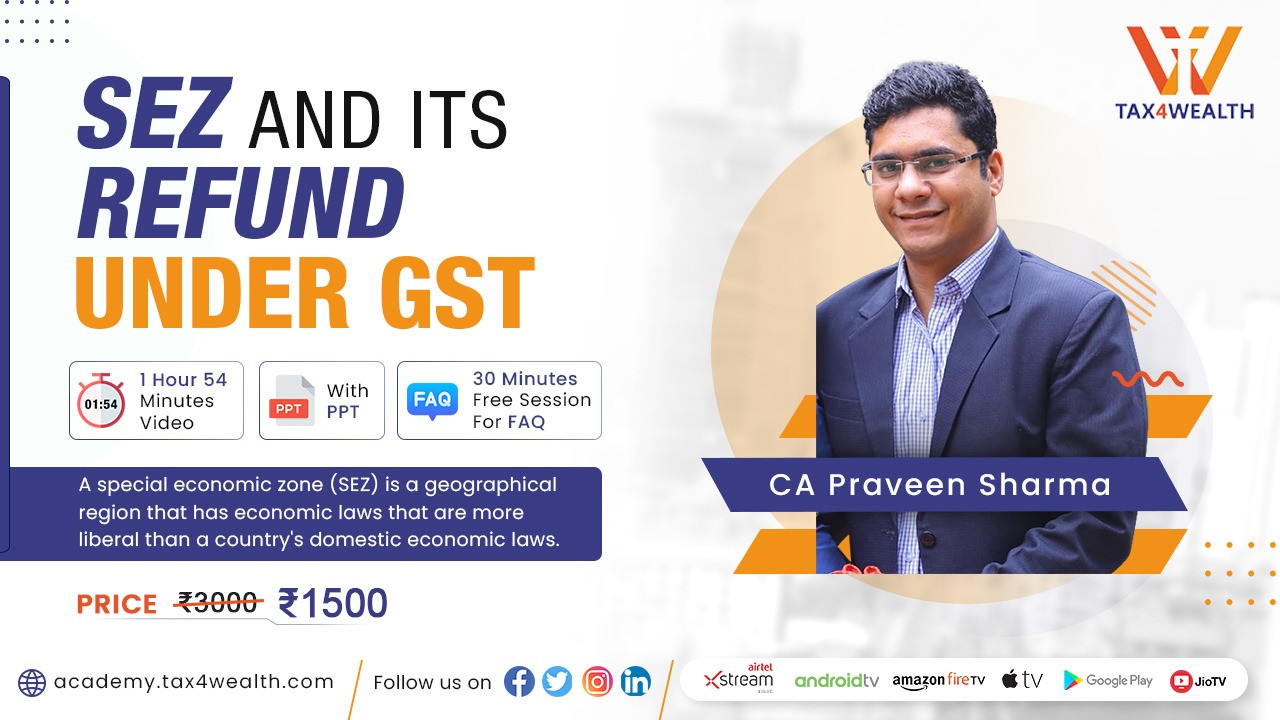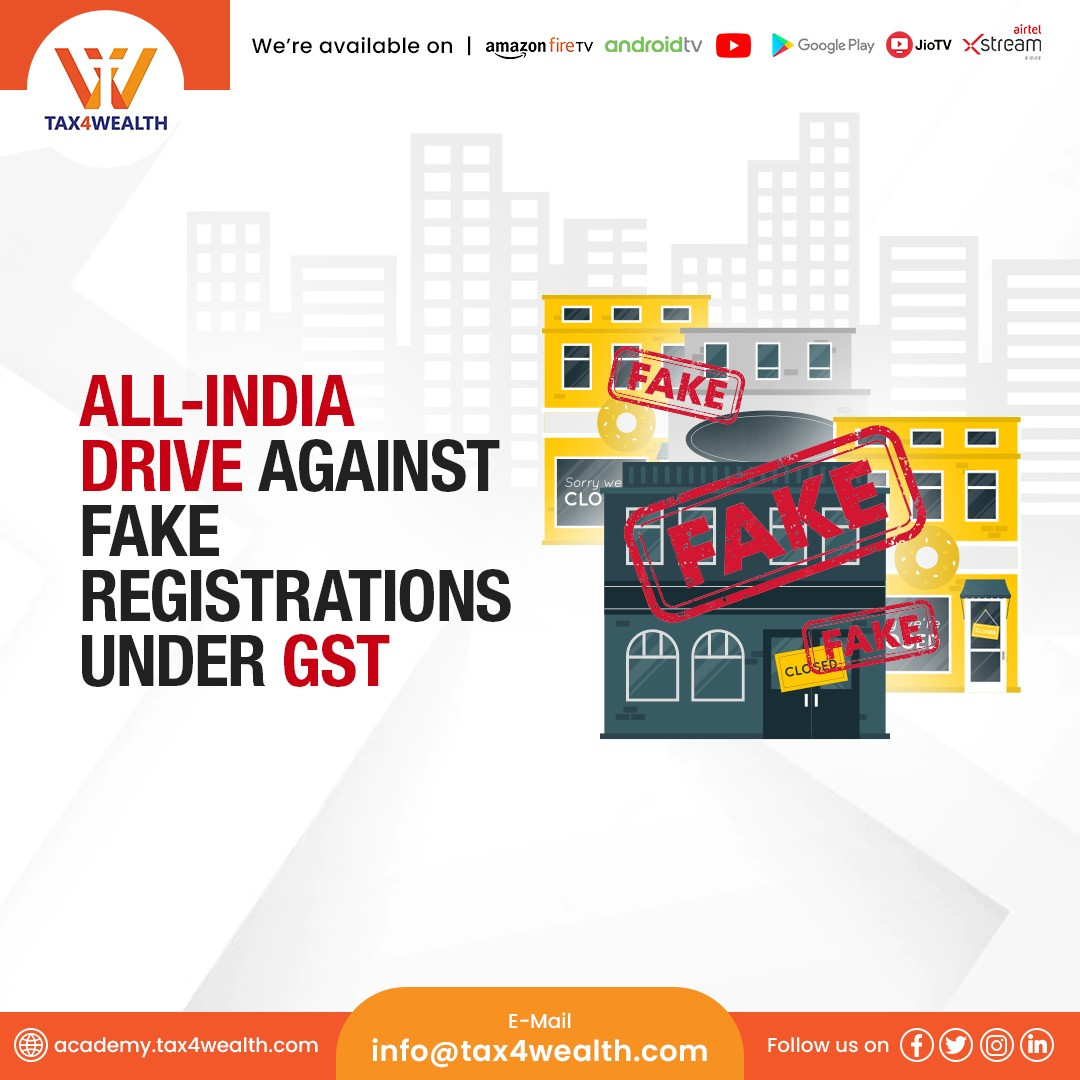
All-India Drive Against Fake Registrations Under GST
The CBIC issued the instructions for the Special All-India Drive against Fake Registrations in Instruction No. 01/2023-GST dated May 4, 2023.
The issue of unscrupulous elements utilizing the identities of other people to get fake/blogs GST registrations to cheat the government exchequer was discussed during the National Coordination Meeting of State and Central GST officials held in New Delhi on April 24, 2023. Fake/non-genuine registrations are being utilized to illegally pass on input tax credits to unscrupulous receivers through the issuance of invoices with no underlying supply of products, services, or both. The threat of false registration and the issuing of fake invoices for passing off fake ITC has become a service concern, with dishonest persons engaging in questionable and complex activities, leading the government to lose income.
The Central and State Tax Administrations have discovered a variety of methods for getting such fake registrations. Falsified papers, such as falsified power bills, property tax receipts, rent agreements, and so on, are often used as proof of primary place of business to get GST registration.
The National Coordination Meeting on April 24, 2023, discussed the need for concerted and coordinated action on a mission mode by Central and State Tax authorities to address this menace more systematically. It was decided that a countrywide effort in the form of a Special Drive should be started on an all-India basis to discover such suspicious/fake registrations and conduct the necessary verification for early remedial action to prevent additional income loss to the government.
It was determined that standard rules would be provided to guarantee uniformity in the actions of the field formations, as well as effective coordination and monitoring of the Special Drive’s actions. As a result, the following instructions are established for such mission-mode coordinated action against fake dealers/false billers:
1. Special Drive Period:
All Central and State Tax Administrations may launch a Special All-India Drive from May 16, 2023, to July 15, 2023, to detect suspicious/fake GSTINs and conduct necessary verification and further remedial action to weed out these fake billers from the GST eco-system and protect Government revenue.
2. Identification of Fraudulent GSTINs:
GSTN would identify such fraudulent GSTINs for State and Central Tax authorities based on thorough data analytics and risk indicators. GSTN would submit the details of such detected suspicious GSTINs with the relevant State/Central Tax administration (through DGARM in the case of Central Tax authority) to initiate a verification exercise and take appropriate action.
3. Information Sharing Mechanism:
The Special Drive's successful execution would necessitate tight collaboration among state tax administrations as well as between state and central tax administrations. To that end, each Zonal CGST Zone and State will promptly select a nodal officer to guarantee a smooth flow of data and cooperation with GSTN/DGARM and other Tax authorities. The name, designation, phone number/mobile number, and E-mail Id of such Nodal officer(s) designated by CGST Zones and States shall be communicated with the GST Council Secretariat within three days of the issuing of this letter by the competent tax authority. After collecting information from all tax administrations, the GST Council Secretariat will produce a list of Nodal officers and make it accessible to all tax administrations, as well as GSTN and DGARM, immediately. The State/CGST Zone Nodal Officer would ensure that the data obtained from GSTN/DGARM/other tax administrations is affirmatively made accessible to the appropriate jurisdictional formation within two days. The Nodal officer must also guarantee that any cooperation requested by other jurisdictions under his supervision is supplied as soon as possible.
4. Field Formations to Take Action:
Following receipt of data from GSTN/DGARM via the Nodal Officer, the concerned jurisdictional tax officer(s) would conduct a time-bound verification of the suspicious GSTINs. If, after thorough verification, it is discovered that the taxpayer is non-existent and false, the tax officer may immediately commence an action to suspend and terminate the said taxpayer's registration under the provisions of Section 29 of the CGST Act, read with the regulations thereof.
Furthermore, the problem may be investigated without delay for blocking input tax credit in the Electronic Credit Ledger by the terms of Rule 86A of the CGST Rules. Furthermore, the details of the receivers to whom an input tax credit has been given by a non-existing taxpayer can be discovered using the information provided in FORM GSTR-1 by the aforementioned taxpayer. Where the recipient GSTIN falls under the jurisdiction of the said tax authority, appropriate action may be taken to demand and recover the input tax credit wrongfully claimed by the such recipient based on the invoice issued by the said non-existent supplier, despite the lack of an underlying supply of goods, services, or both.
When the recipient GSTIN belongs to a different tax jurisdiction, the details of the case, along with the relevant documents/evidence, should be sent to the concerned tax authority as soon as possible, in the format enclosed as Annexure-B, via the Nodal Officer referred to in paragraph (ii) above.
Action may also be taken to identify the masterminds/beneficiaries behind such forged GSTINs for future action as needed, as well as for the recovery of Government dues and/or provisional attachment of property/bank accounts, etc., by Section 83 of the CGST Act. Furthermore, if any associated suspicious GSTIN is discovered during the investigation/verification, the same action may be taken/ started about the same.
5. Feedback and Reporting Mechanism:
Each State and CGST Zone shall submit an action taken report to the GST Council Secretariat each week on the first working day after the end of the week in the manner indicated in Annexure-A. In the aforementioned action taken report, it is also possible to mention any innovative modes of operation that were discovered during the verification or inquiry. Following the drive, the field formations will give GSTIN-specific feedback to GSTN/DGARM in the format given in Annexure-C on the outcome of the verification of the shared suspicious GSTINs.
6. National Coordination Committee:
A National Coordination Committee will oversee this special drive, which will be led by GST Members, CBIC, Principal Chief Commissioners/Chief Commissioners of the CGST Zones in Delhi and Bhopal, as well as Chief Commissioners/Commissioners of State Tax from Gujarat, West Bengal, and Telangana. The National Coordination Committee will have regular meetings to discuss this. The National Coordination Committee's secretariat will be the GST Council Secretariat. The GSTN and the Principal Commissioner of the CBIC's GST Policy Wing will also assist the Committee.
The National Coordination Committee will get access to the reports that the GST Council Secretariat has compiled from the various formations right away. The GST Council Secretariat will gather the distinctive operating procedures discovered throughout this particular drive and give them to the National Coordination Committee, after which they will be distributed to all Central and State Tax administrations in the nation.
By the National Coordination Committee's decision, these guidelines are being released.
The Guidelines are available at: https://taxinformation.cbic.gov.in/viewpdf/1000474/ENG/Instructions
Related News
No comments yet, Be the first to comment.




